
views
Evaluating Character Shapes
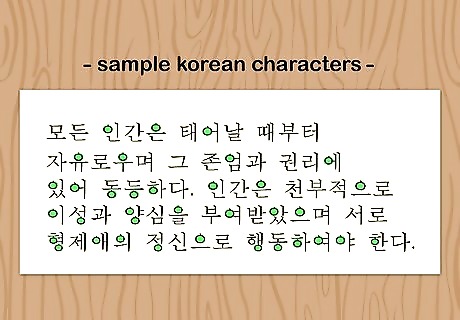
Look for circles and ovals to identify Korean writing. Ovals and circles are fairly common in Korean script but virtually unused in Chinese or Japanese characters. If you see a lot of open ovals and circles, as well as open squares, you can be fairly certain that you are looking at Korean script. While Japanese has curvy shapes, it doesn't have complete circles within the characters as Korean does. Korean has an alphabet, just like the English language. However, the written language combines 2 or 3 letters into a single character representing the syllable of a word. So you'll also see strong vertical or horizontal lines separating the letters.
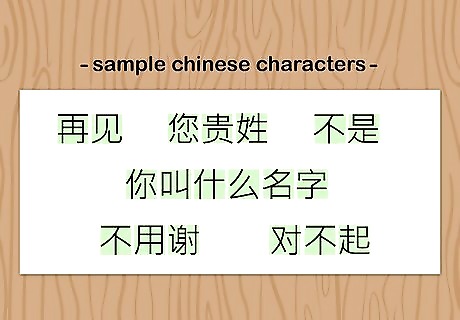
Recognize complex square characters as Chinese characters. Chinese characters (called hanzi in Chinese and kanji in Japanese) may appear in Chinese, Korean, or Japanese. However, if the writing is in nothing but Chinese characters, then what you're looking at is Chinese. It is the only language of the 3 to rely solely on hanzi. Chinese characters are extremely detailed. Strokes don't cross outside the square perimeter of any character, giving a line of script a consistent, uniform appearance. In contrast, Japanese has a more open and airy style of script. While Korean characters are orderly and regimented, they aren't quite as dense or complex as Chinese characters, with a lot more open space.Tip: Chinese characters aren't common in modern Korean writing. However, if you're looking at an older text, you may see Chinese characters interspersed among Korean script, especially for words of Chinese origin.

Identify Japanese script as light and loose. Loose, curvy lines that aren't constrained to a small box are Japanese hiragana. The characters are extremely simple compared to Korean or Chinese characters, some only requiring a single stroke of the pen to reproduce. For a quick shortcut, look for the character "の." Neither Korean nor Chinese have a character that looks anything like "の." It's typically pretty easy to remember and spot. If you see this character in a passage of writing, it's most likely Japanese writing, even if you notice a few Chinese characters. Japanese also uses Katakana. To spot Katakana, look for straight lines. One of the most recognizable Katakana symbols is シ and ツ, which look like smiley faces. If you see either of these, you are looking at Japanese text.
Analyzing Text Formatting
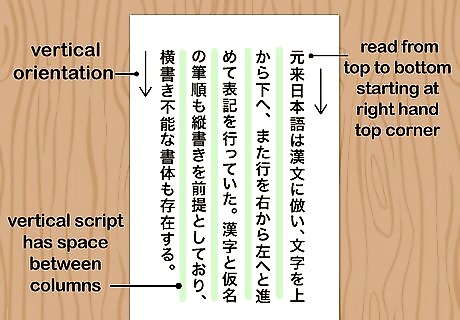
Determine the orientation of the script. Apart from the characters, you can often tell Chinese, Japanese, and Korean apart based on whether the script is written vertically or horizontally. You also may be able to tell which writing system you're looking at based on whether the script is read from right to left or from left to right. If Japanese is written vertically, the columns are read from top to bottom starting at the top right-hand corner of the page. However, if Japanese is written horizontally, it is read from left to right, just like European languages. Look for line spacing to figure out if the script is written vertically or horizontally. Horizontal text will have space between the lines, while vertical script will have space between columns. Japanese comic books and magazines use vertical writing, so they're read from right to left. This is why the spine of the book is on the right.Tip: Even if you don't know how to read the writing, you can still usually tell which direction it's read from which margin is justified. If the text is left-justified, for example, you would read from left to right.
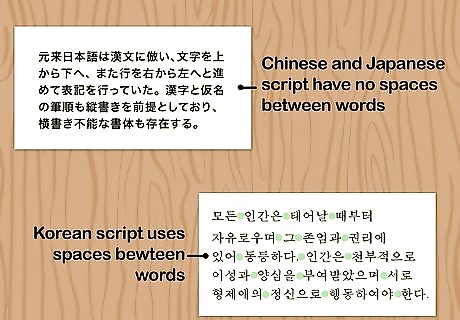
Look for spaces between words. Neither Chinese nor Japanese separate individual words with spaces as European languages do. However, Koreans have adopted this convention and put spaces between words. Even if you can't read the script, you should be able to identify characters blocked together into words. Think about how you would tell what were words if you were looking at written Greek or Russian.
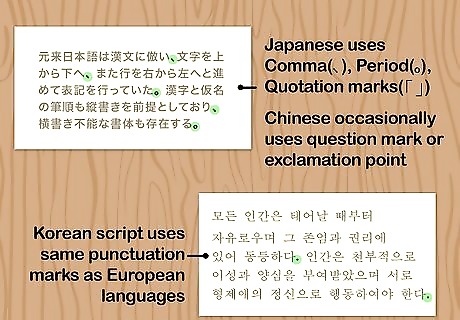
Identify Western-style punctuation. While Japanese has its own punctuation marks, Korean uses the same punctuation marks as European languages. If you see these punctuation marks, you're likely reading Korean. Occasionally, you'll see Chinese script with a question mark or an exclamation point. However, if you also see other punctuation marks, such as commas or periods, you're likely looking at Korean script. Mandarin is the official language of China and is a popular language spoken in non-Chinese-speaking regions. The Beijing accent is the basis for its accent, and the vocabulary is from the northern part of China. The grammar is based on the early 20th century, modern literature. So it does not use Confucius grammar or any old Chinese grammar.










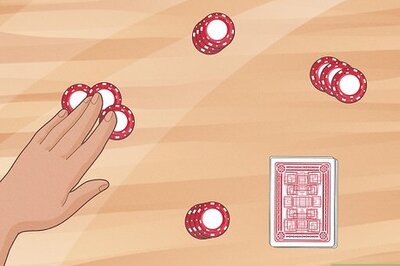


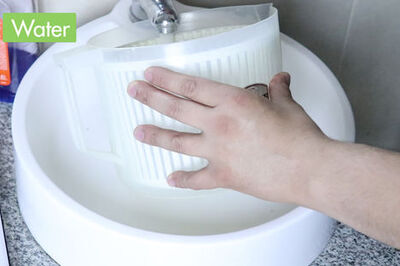


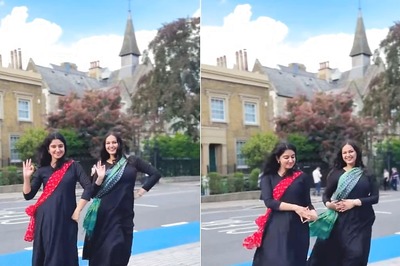
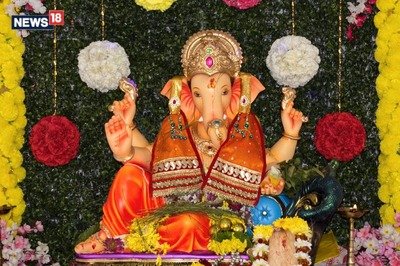

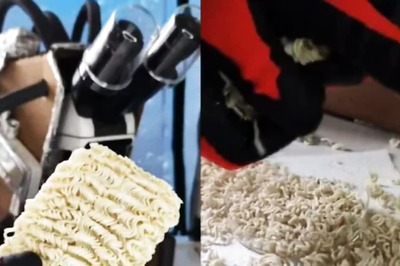
Comments
0 comment